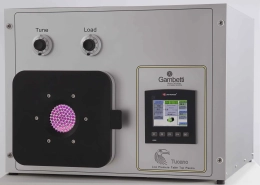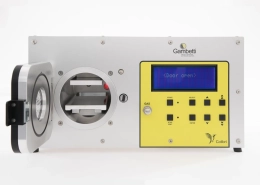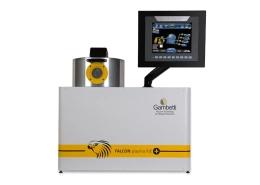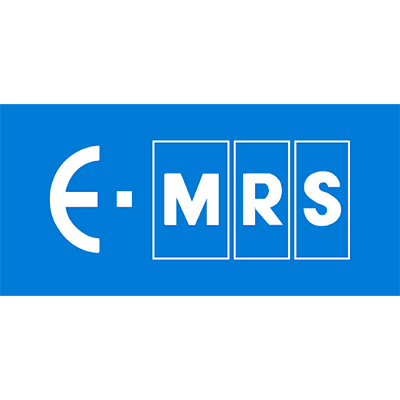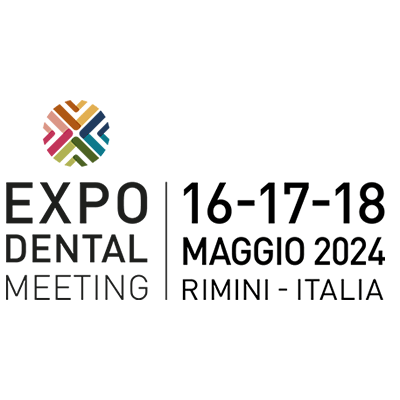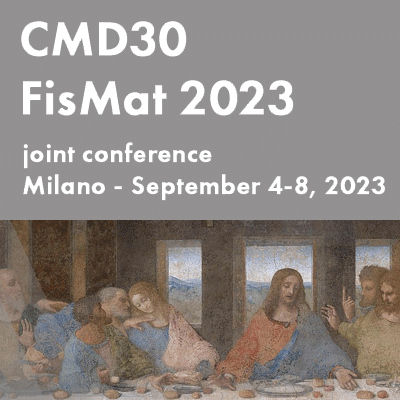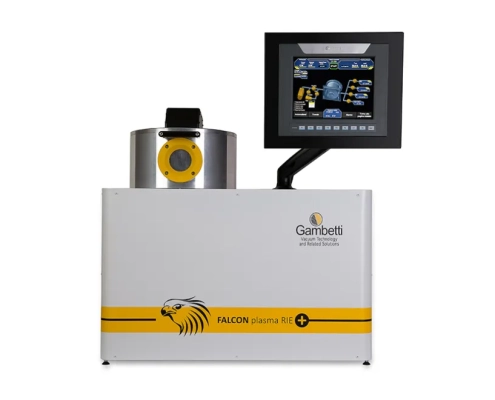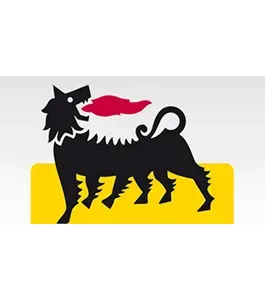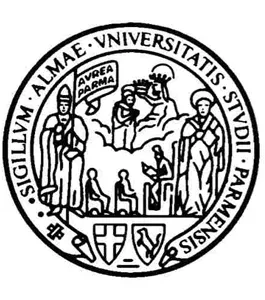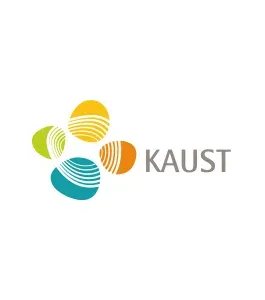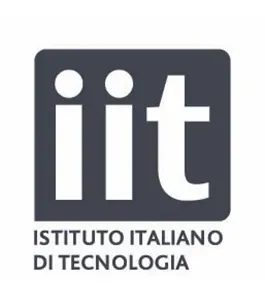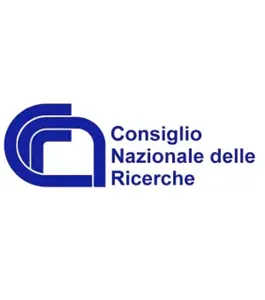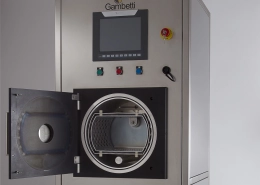
Plasma Technology
Discover the power of plasma! Plasma, defined in physics as an ionized gas and recognized as the fourth state of matter, is radically transforming industrial processes.
Plasma is a highly energetic gas state created in a vacuum chamber, through the application of a highfrequency magnetic field. Its ability to conduct electricity and to interact with materials is the key to transforming material surfaces in innovative ways at low temperatures: that is why plasma is ideal for advanced industrial applications, across various production processes. Read all our FAQ and learn more about plasma.
2024
from 1974
The Company
For the past 50 years, G. Gambetti Kenologia has been dedicated to pioneering high-tech solutions tailored in high vacuum technologies, surface analysis and characterization.
What are the benefits of Plasma?
The advantages of plasma technology for material surfaces are manifold
Deep cleaning
The plasma removes contaminants such as oil, grease, dust and oxides from the surface of the material, creating a clean surface ready for further processing.
Modification of surface properties
Plasma can be used to modify the surface properties of a material, such as wettability, wear resistance, biocompatibility and electrical conductivity.
Surface activation
Plasma increases the surface energy of the material, improving the adhesion of paints, inks, adhesives and other coatings.
Sustainable process
Plasma technology is an environmentally sustainable process that does not require the use of harmful chemicals.
What are the applications?
Plasma technology for material surfaces has applications in various industries, including:
Biomedical
Sterilisation of medical devices and surface treatment to improve biocompatibility.
Optics
Final cleaning at atomic level and pre-treatment after industrial washing to improve adhesion of anti-reflective, anti-scratch and various coatings; curing of anti-scratch and anti-fog layers.
Textile
Cleaning and activation of fabrics before printing or dyeing.
Solar
Isotropic removal of silicon nitride for cell edge insulation.
Isotropic removal of amorphous or crystalline silicon
Possibility of processing individual cells or batches of cells (depending on the size and maximum capacity of the system)
Surface texturisation of silicon (single and multi-crystalline) to reduce reflectivity and increase efficiency.
Semiconductors and MEMS
Cleaning and activation of printed circuit boards and electronic components.
Plastics and polymers
It enhances bonding with a two-step process to clean and activate the plastic surface.
Initially, it removes volatile organic compounds that might otherwise impair adhesion, painting and bonding.
Subsequently, surface activation by plasma makes the surface completely hydrophilic and ready for perfect adhesion of adhesives.
Precision Mechanics
Surface treatment to improve wear and corrosion resistance.
Events
News
Some References
Our distributors
Our sales network is present in Europe, Asia and the Middle East
